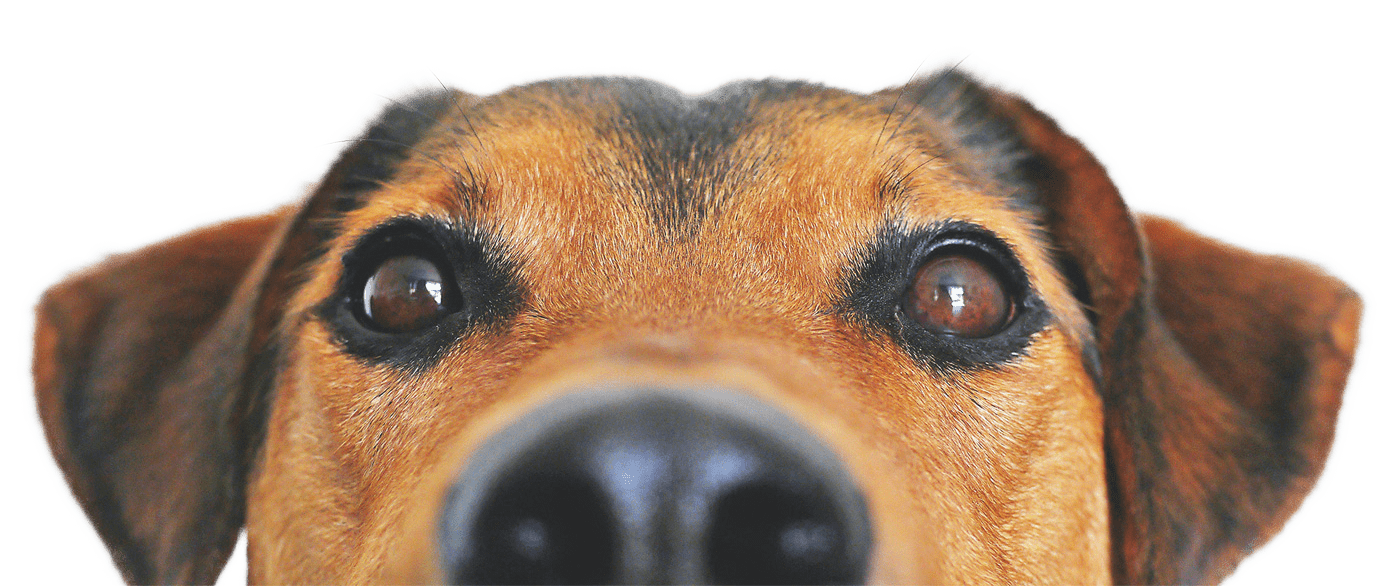


Common Ocular Surgeries
A corneal graft surgery is performed to correct or heal a corneal defect, such as an ulcer. Various types of grafts are available to stabilize the cornea. Your pet’s ophthalmologist will discuss the various types of grafts and which graft is most appropriate for your pet’s underlying condition.
Cryotherapy has many uses in veterinary ophthalmology. Most often, it is used to devitalize hair follicles from aberrant hair conditions (trichiasis, distichiasis, ectopic cilia) or to devitalize cells after tumor removal to attempt to prevent regrowth of the mass.
Your Content Goes Here
Evisceration of the eye is a surgical procedure that preserves the outer layer of the globe while removing the diseased internal contents. In some ocular diseases, this may be an alternative to eye removal (enucleation).
Cornal surgery such as a keratotomy or keratectomy may be necessary for certain corneal diseases. These surgeries involve altering or removing part of the cornea to encourage healing or remove abnormal tissue, such as sequestrum or dermoid.
Excessive facial trauma may result in displacement of the eye out of the orbit (eye socket). In many cases, the eye can be successfully repositioned into the orbit. Vision may or may not be present after this traumatic event.


